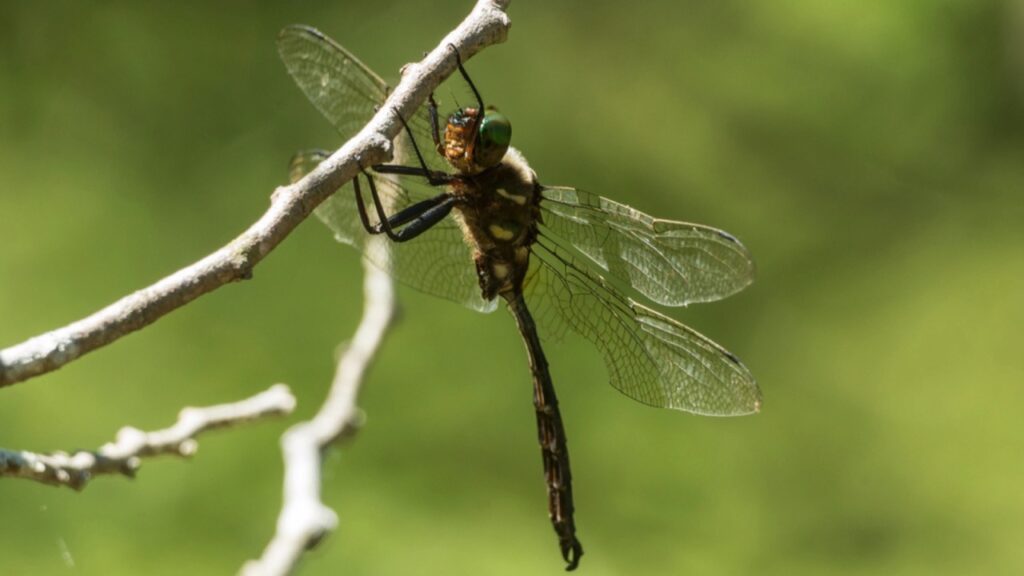Our planet is home to an incredible variety of insects and spiders, but sadly, many of these fascinating creatures are now facing the threat of extinction. From beautiful butterflies to hardworking bees, these tiny animals play crucial roles in our ecosystems. Let’s take a closer look at 10 insects and spiders that are critically endangered and learn why they need our help.
1. The Monarch Butterfly
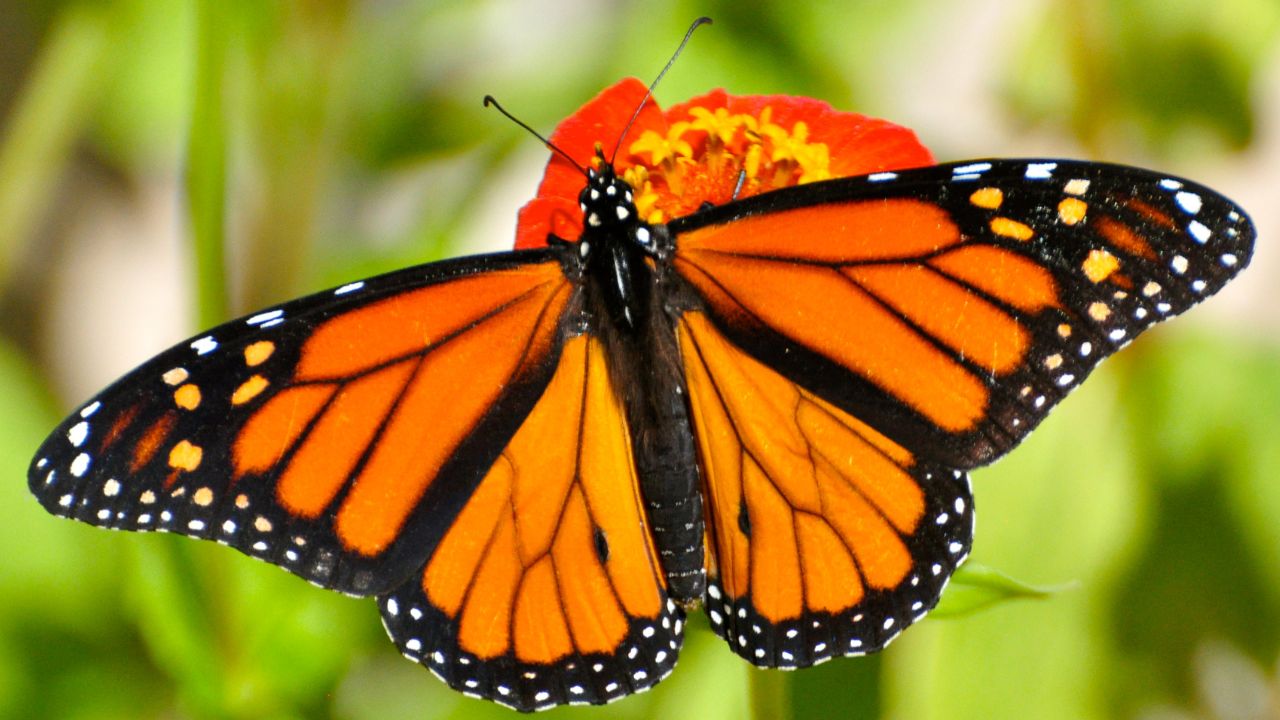
The iconic monarch butterfly is known for its incredible migration across North America, but its population has declined by over 80% in recent years. The main threats to monarchs include habitat loss, pesticide use, and climate change. Without urgent action to protect their milkweed habitat and reduce pesticide use, these beautiful butterflies could disappear forever.
2. The Rusty Patched Bumble Bee
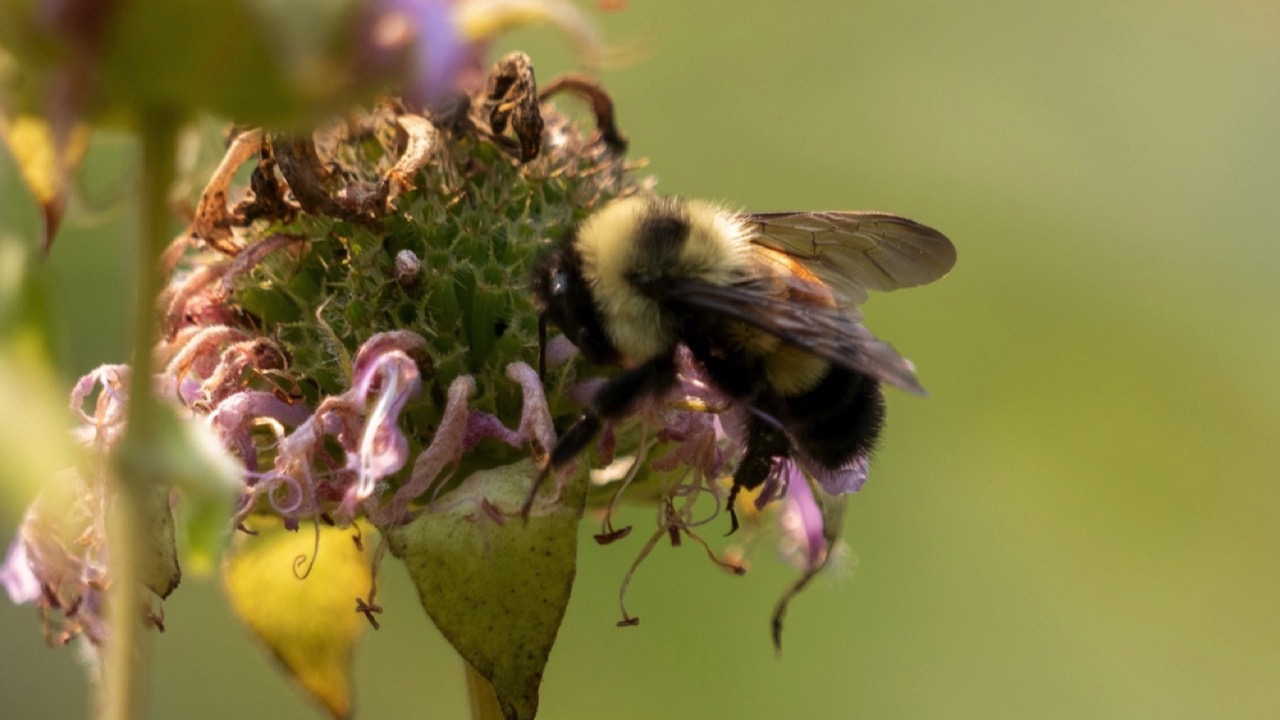
Once common across the eastern United States, the rusty patched bumble bee has seen its population plummet by 87% in the last 20 years. These important pollinators are threatened by habitat loss, pesticide use, and disease. In 2017, the rusty patched bumble bee became the first bee species in the continental U.S. to be listed as endangered under the Endangered Species Act.
3. The Hine’s Emerald Dragonfly

This rare dragonfly is found only in a few wetland areas in Illinois, Michigan, Missouri, and Wisconsin. The Hine’s emerald dragonfly is threatened by habitat loss and degradation, as well as water pollution. Conservation efforts are underway to protect the remaining populations and restore their wetland habitats.
4. The American Burying Beetle
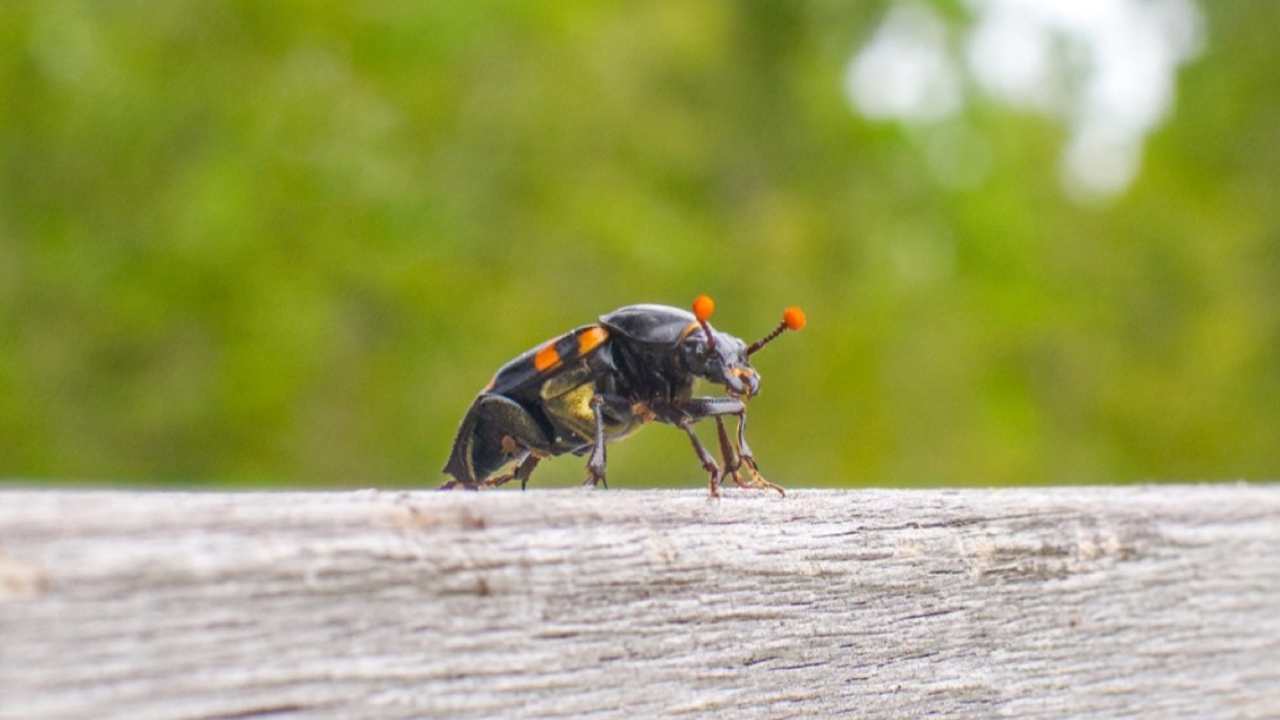
Once found in 35 states, the American burying beetle is now found in only a handful of locations. These fascinating insects are known for their unique behavior of burying small animal carcasses to feed their larvae. The American burying beetle is threatened by habitat loss, pesticide use, and competition from other scavenger species.
5. The Miami Blue Butterfly
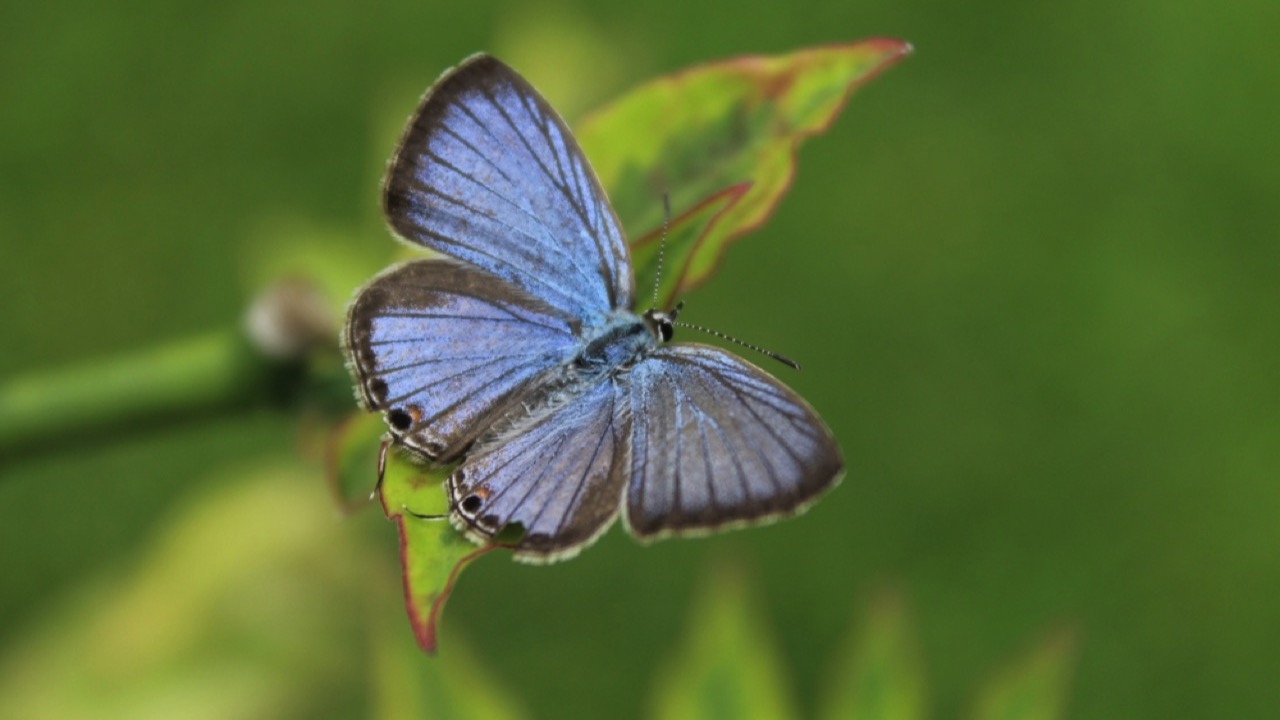
This tiny butterfly is found only in a few isolated populations in Florida. The Miami blue butterfly is threatened by habitat loss, mosquito control measures, and illegal collection. Conservation efforts are underway to protect the remaining populations and restore their coastal habitat.
6. The Zayante Band-Winged Grasshopper
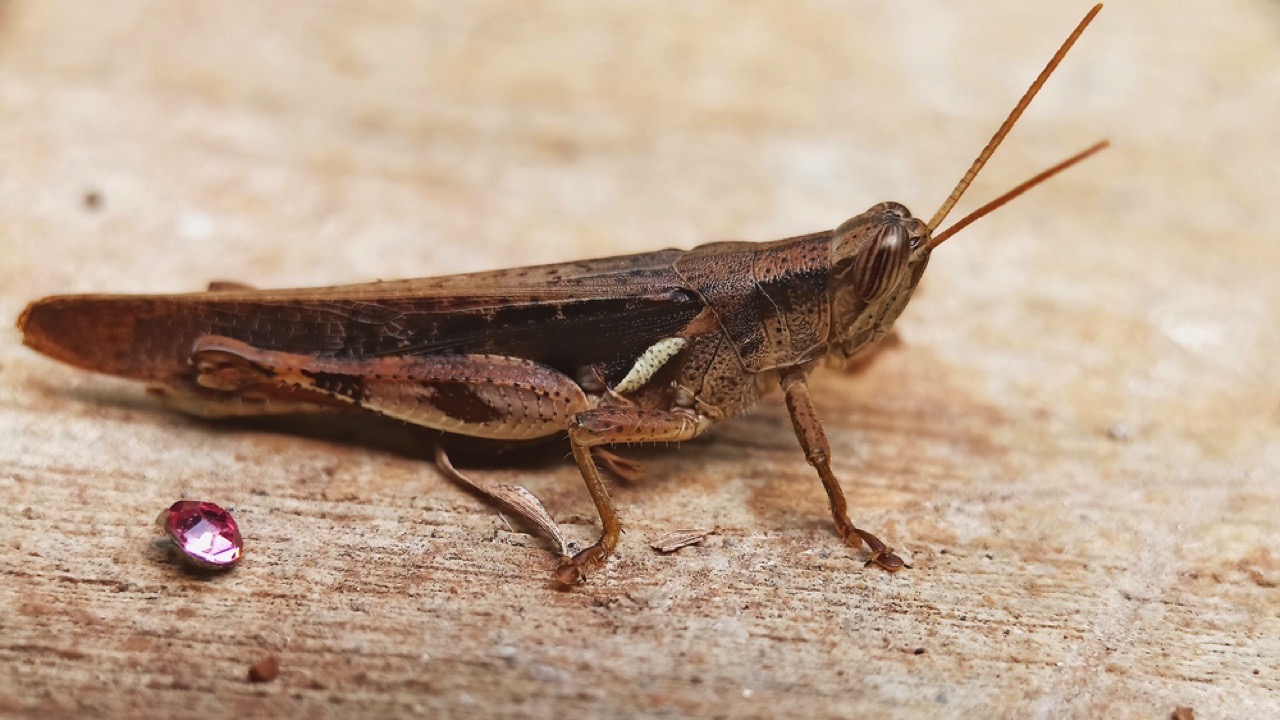
Found only in a small area of Santa Cruz County, California, the Zayante band-winged grasshopper is threatened by habitat loss and fire suppression. These unique grasshoppers require sandy soils and open canopy habitat, which are becoming increasingly rare in their range.
7. The Delta Green Ground Beetle
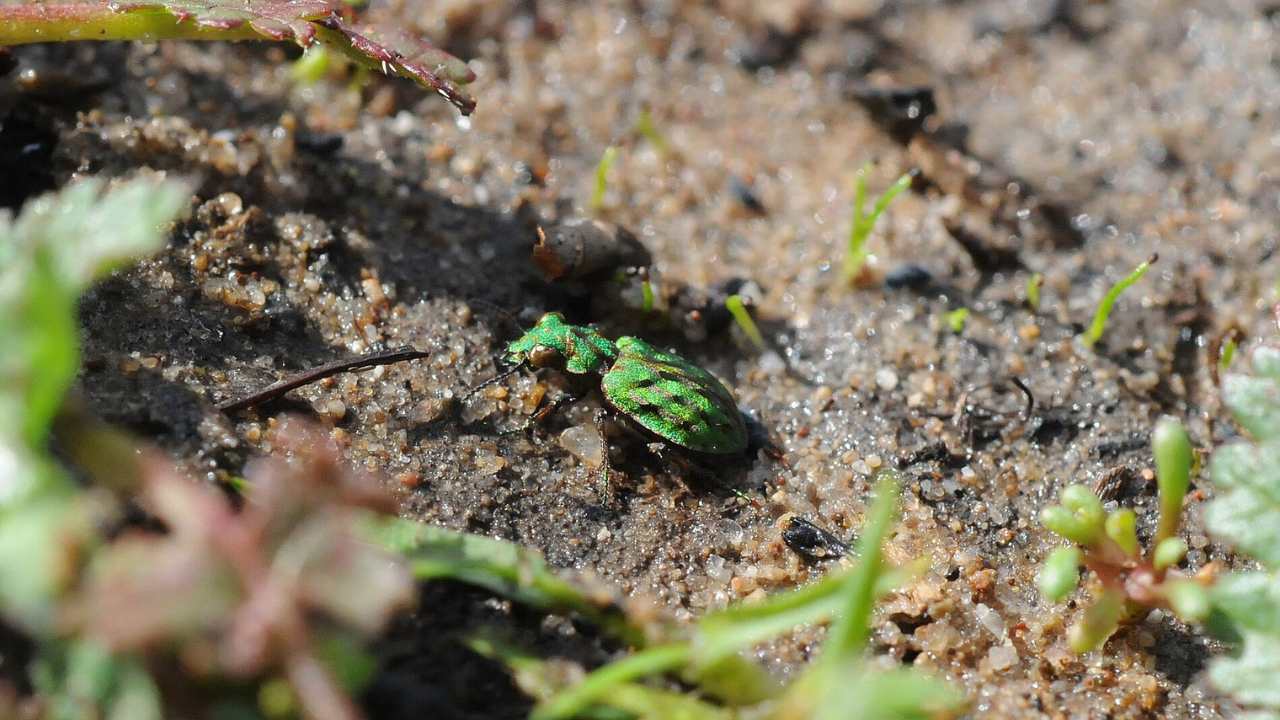
Found only in a small area of northern California, the Delta green ground beetle is threatened by habitat loss and water diversions. These beetles require open, sandy habitats near water, which are becoming increasingly rare in their range.
8. The Tooth Cave Spider

This tiny spider is found only in a few caves in Texas. The Tooth Cave spider is threatened by habitat loss and disturbance from human activities. The caves where it lives are now protected, but the species remains critically endangered.
9. The Kern Primrose Sphinx Moth

Found only in a small area of central California, the Kern primrose sphinx moth is threatened by habitat loss and invasive species. These beautiful moths require a specific type of evening primrose plant to lay their eggs, which is becoming increasingly rare in their range.
10. The Hawaiian Picture-Wing Fly
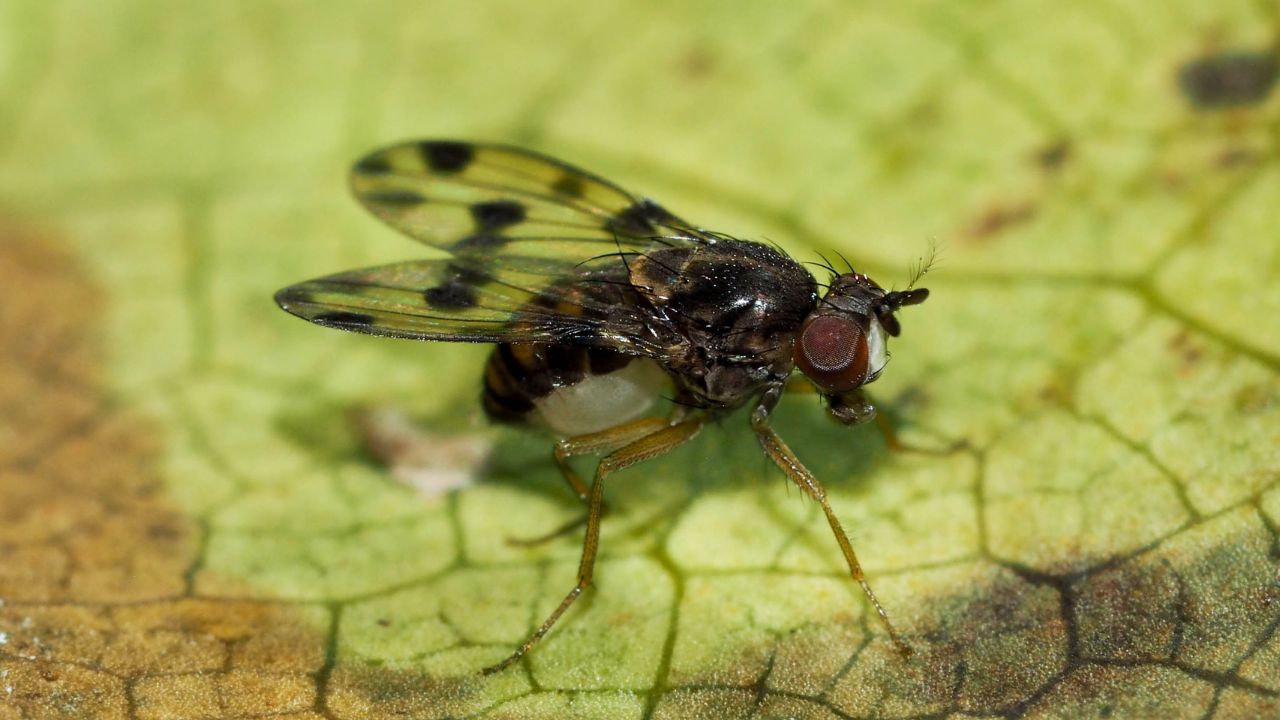
This beautiful fly is found only in the Hawaiian Islands, where it is threatened by habitat loss and invasive species. The Hawaiʻi picture-wing fly is one of many unique species found in the islands’ rapidly disappearing native forests.
More From Outlandish Owl
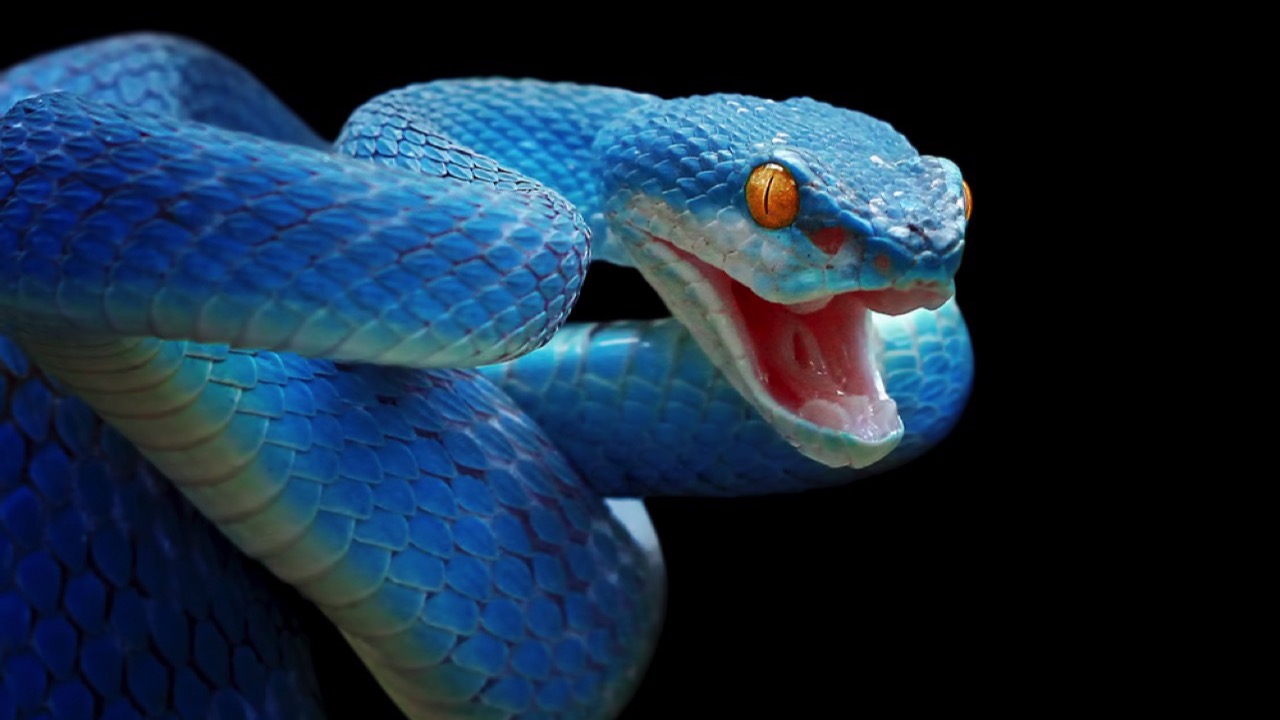
15 Venomous Snakes That Could Kill With Just One Bite 12 Insights Into Venomous Animal Behaviour The 12 Most Deadly Spiders on the Planet
Becky is a fervent wildlife enthusiast and pet care expert with a diploma in canine nutrition. Her love for animals stretches beyond the domestic, embracing the wild tapestry of global fauna. With over a decade of experience in animal welfare, Becky lends her expertise to OutlandishOwl through insightful articles, captivating wildlife information, and invaluable guidance on pet nutrition. Her work embodies a deep commitment to understanding the intricate lives of animals and a passion for educating others on sustaining natural habitats. Becky's hands-on conservation efforts and her knack for translating complex dietary science into practical pet feeding tips make her an indispensable voice for creatures great and small.

